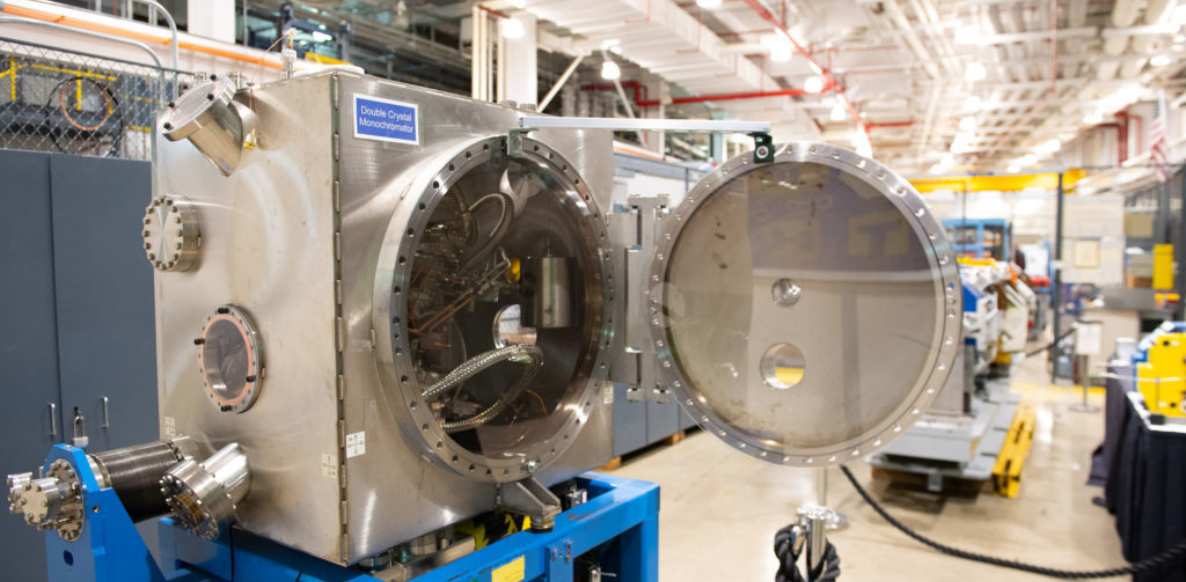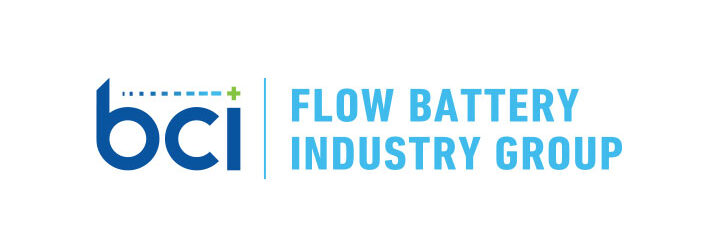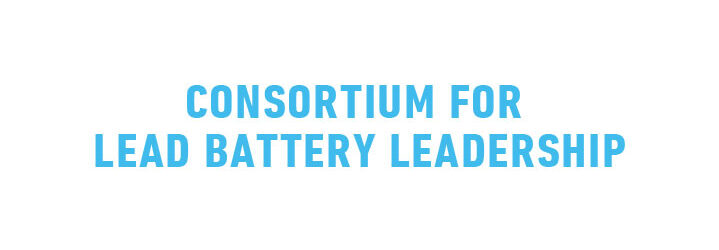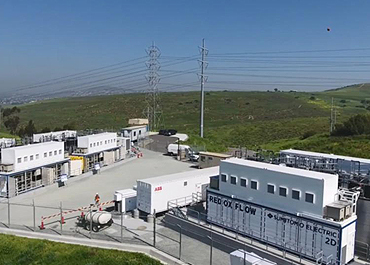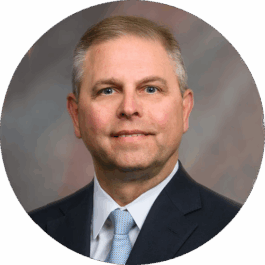BCI and its members drive the evolution of battery technology through innovation. Within existing battery chemistries, advanced lead batteries have seen a 50% increase in battery life over the last 20 years. U.S. battery manufacturers are also furthering newer chemistries, like lithium, nickel, sodium, and flow batteries.
American Battery Research Group
The American Battery Research Group (ARBG), comprised of U.S. lead battery manufacturers and suppliers, was created to identify areas of...

